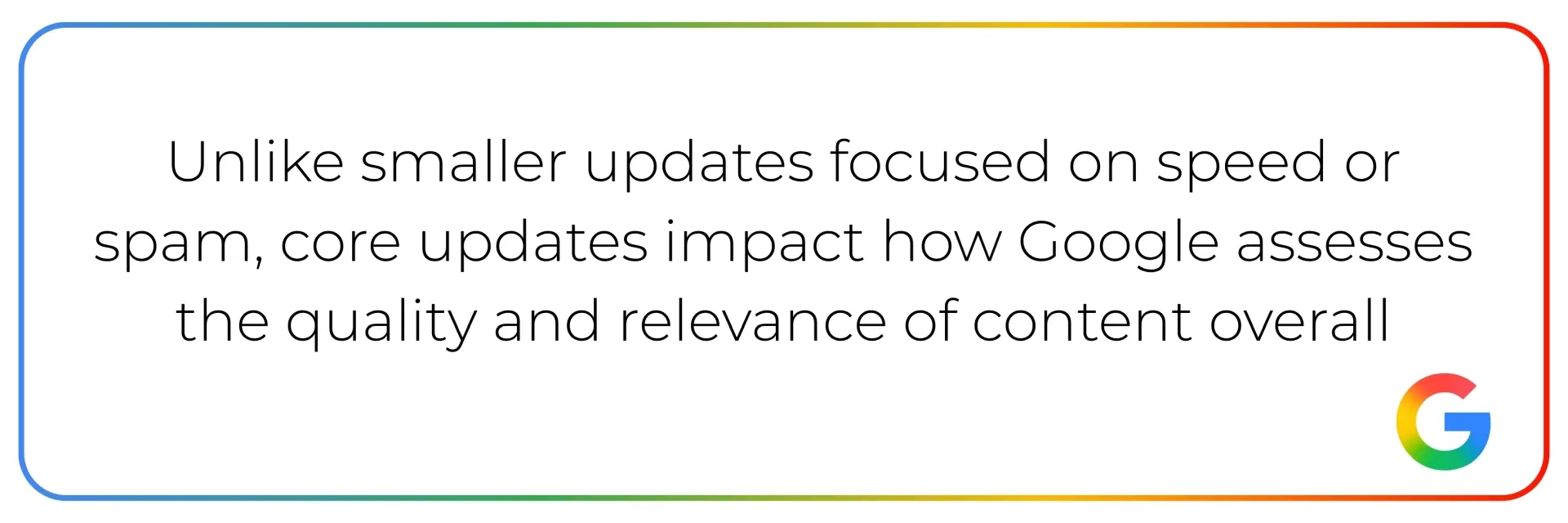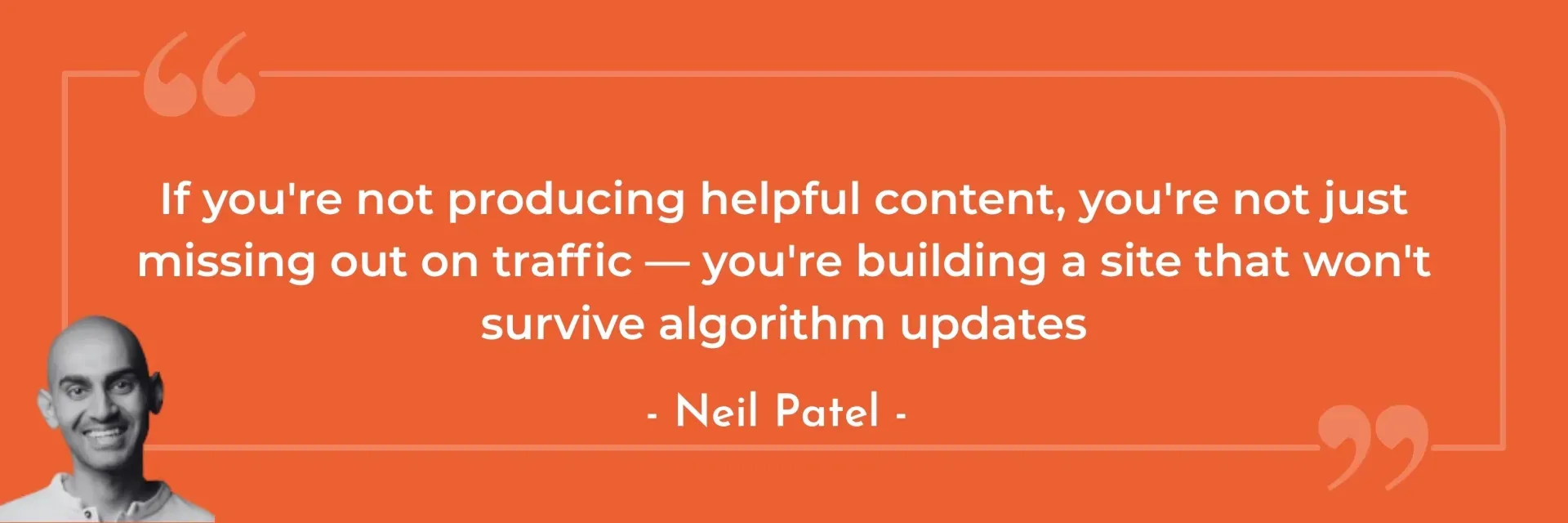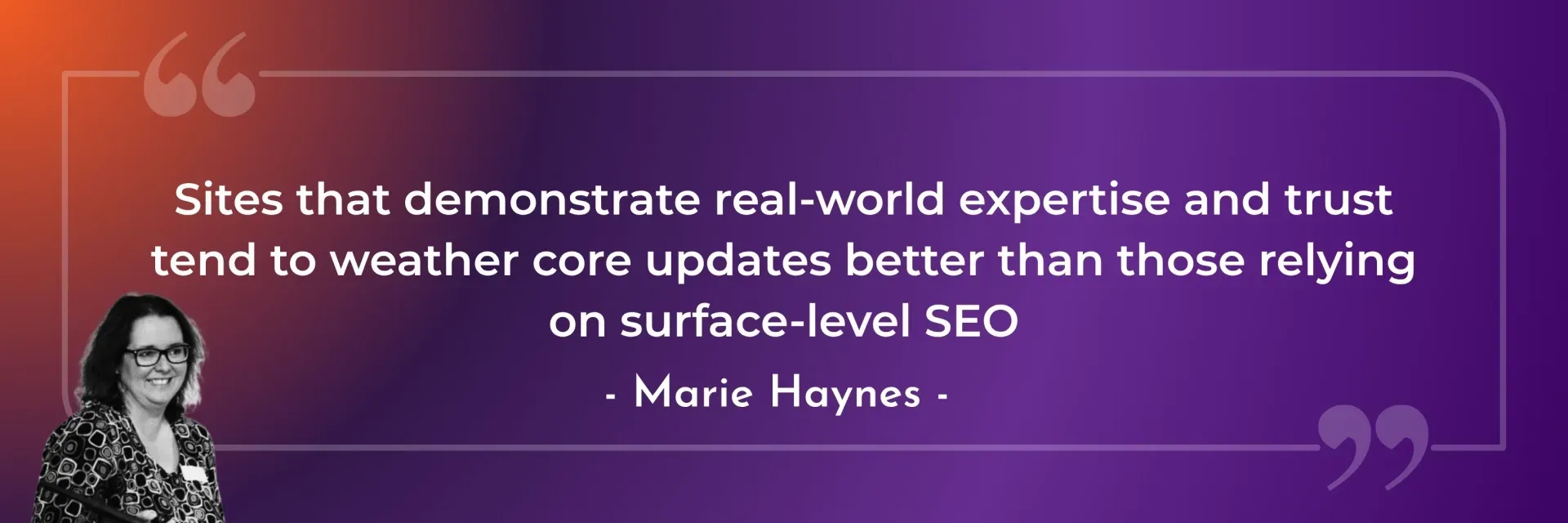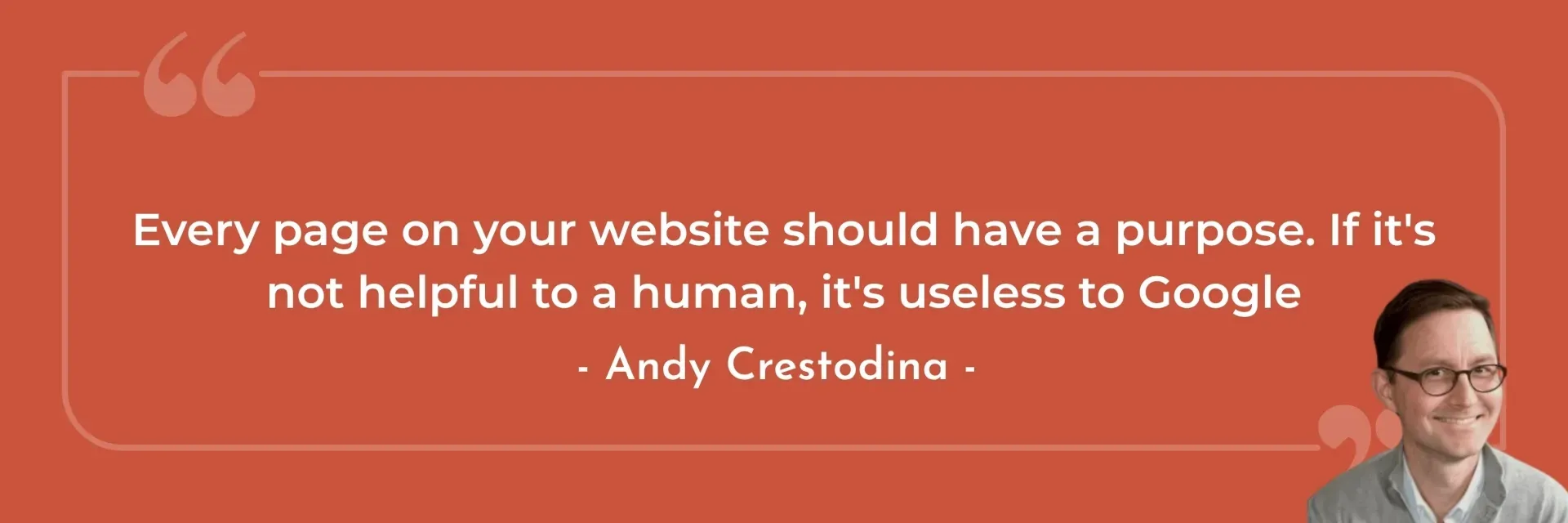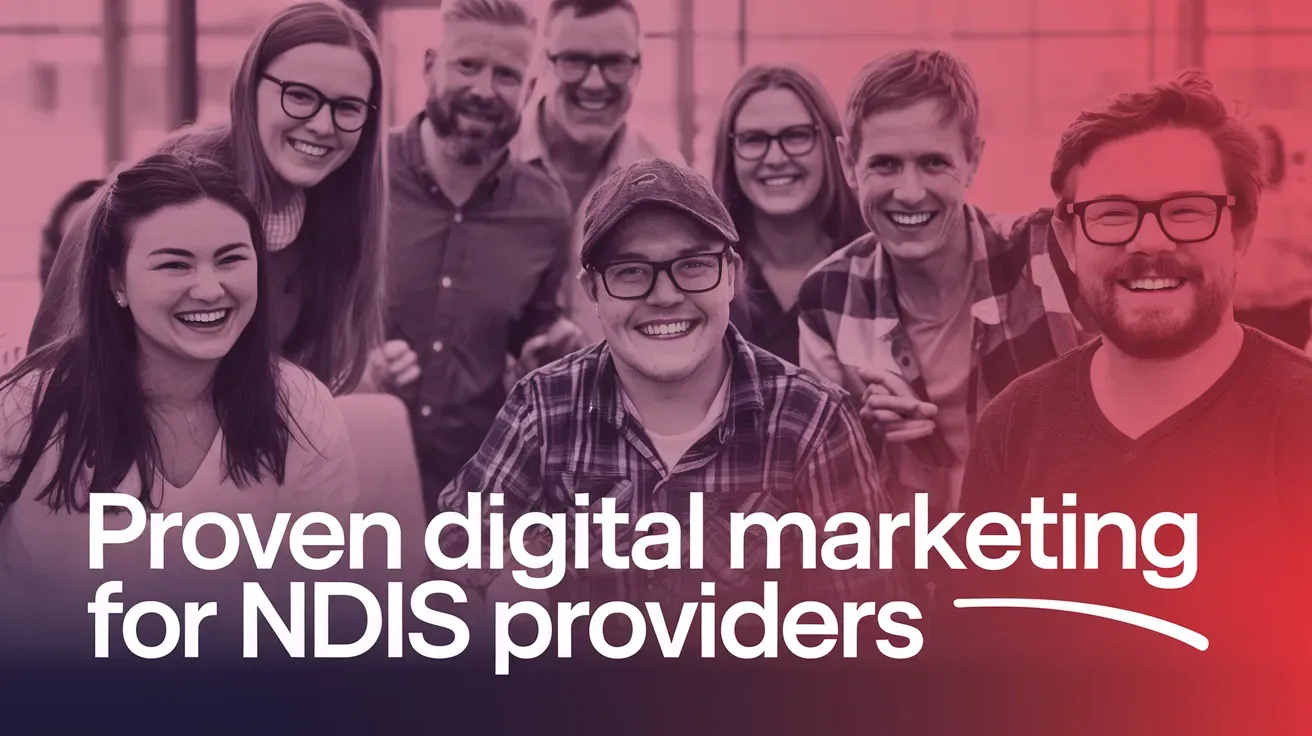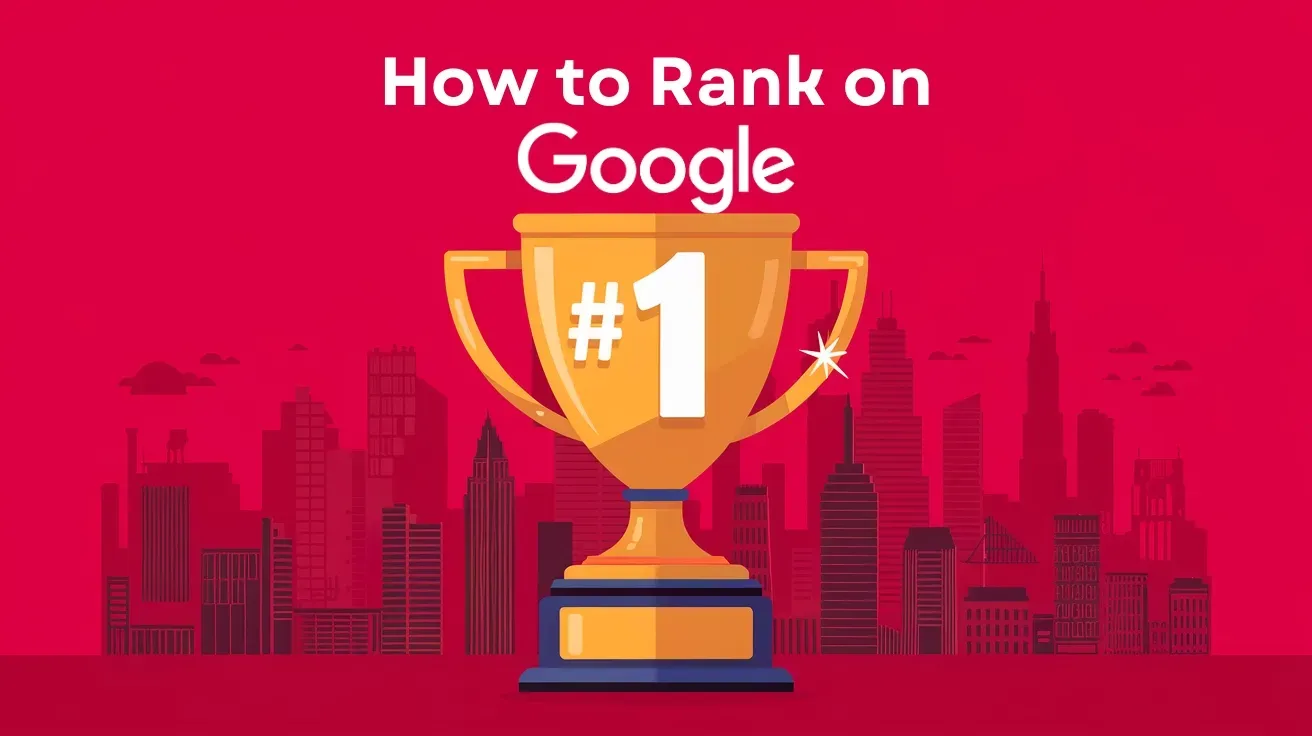Google’s June 2025 Core Update: What You Need to Know
On July 17, 2025, Google officially completed its latest core algorithm update which started in June 2025. While every update brings a degree of uncertainty, one thing remains constant: Google's mission to reward websites that deliver genuinely helpful, people-first content.
If you've noticed a dip or spike in your rankings recently, you're not alone. Sites across multiple industries are seeing shifts in their organic visibility. And while it's tempting to react with quick fixes or ad hoc changes, the best response is strategic.
This blog will break down what the update means, what Google has explicitly said, and how businesses can build SEO resilience with smart content, clear structure, and a long-term vision.
What Was in Google’s June 2025 Core Update?
That means your entire site — not just a few pages — can be affected based on how helpful and trustworthy Google deems it.
Key observations from the June 2025 update:
- Pages with
thin content or low value saw drops
- Domains with
duplicate or overlapping topics were deprioritised
- Sites with
clear topical authority and original content performed better
- Technical SEO, while still important, took a back seat to
content quality and clarity
What Google Says About the Update
In other words, the update rewards sites that are:
- Built for users, not algorithms
- Transparent and informative
- Focused around a clear niche or service area
- Consistently updated with helpful content
Why This Matters for Your Website
If your current site was built to "just look good" but doesn’t follow a scalable SEO structure, you’re at risk every time an update rolls out. Google is now better than ever at identifying:
- Pages that exist solely for SEO manipulation
- Blog posts that are fluff-filled or AI-generated without value
- Sites with no real internal linking or user journey
Running a small business in Sydney? Check out our quick SEO tips
here.
The Difference Between Helpful and Hollow Content
Helpful Content
- Answers a specific question
- Is written by (or reviewed by) subject matter experts
- Links to deeper content or tools on your site
- Supports a clear service or product offer
Hollow Content
- Repeats keywords without adding value
- Is vague or overly broad
- Exists in isolation with no clear link to user needs
- Is published for the sake of "posting something"
3 Core Pillars to Survive (and Win) Every Update
1. Semantic SEO & Content Clusters
Instead of random blog posts, use a
topic cluster approach:
- A main service page (e.g. Speech Therapy for Kids, In Home Care for Disabled)
- Supported by blog posts (e.g. How Speech Therapy Helps with Communication in Autism)
- Interlinked for authority and depth.
2. Technical Structure and Sitemap
A well-organised website helps both Google and your visitors. Your site should have: -
- Clean URLs and headings
- Logical categories (e.g. /services/, /locations/, /blog/)
- A clear website redesign for
SEO if needed
3. People-First Content Planning
Instead of content created for search engines, aim for:
- Answering actual client questions
- Writing for participants, coordinators, or families (if NDIS)
- Visuals, data, and internal links that build trust.
Explore our
NDIS provider SEO tips
Data Snapshot: Who Got Hit and Why?
| eCommerce |
Duplicate product pages |
-12% |
| Local Services |
Thin or generic suburb pages |
-18% |
| Healthcare |
Outdated or non-expert articles |
-21% |
| B2B Agencies |
Overlapping blogs, keyword stuffing |
-15% |
Expert Quotes: What Top SEO Voices Are Saying
Building an SEO-Resilient Website Structure
The biggest winners post-update are businesses that treat their website as a
growth asset, not just a static brochure.
- A well-planned content map
- Clear service-based landing pages
- Internal linking to guide the user
- Helpful blog content based on real queries
- Fast loading and mobile-optimised
How DSIGNS Helps Future-Proof Your Growth Strategy
At DSIGNS, we don’t just build pretty websites — we build systems that:
- Are SEO-structured from Day 1
- Include long-term content strategy
- Grow as your services expand
- Follow white-hat
- Google-compliant best practices
Want to explore how? Start with a free website audit or contact us for a roadmap.
Conclusion
Google will always keep evolving.
Instead, you’ll rank consistently. Build trust. And turn visitors into leads.
As we always say:
The best SEO isn’t a hack — it’s a strategy.

